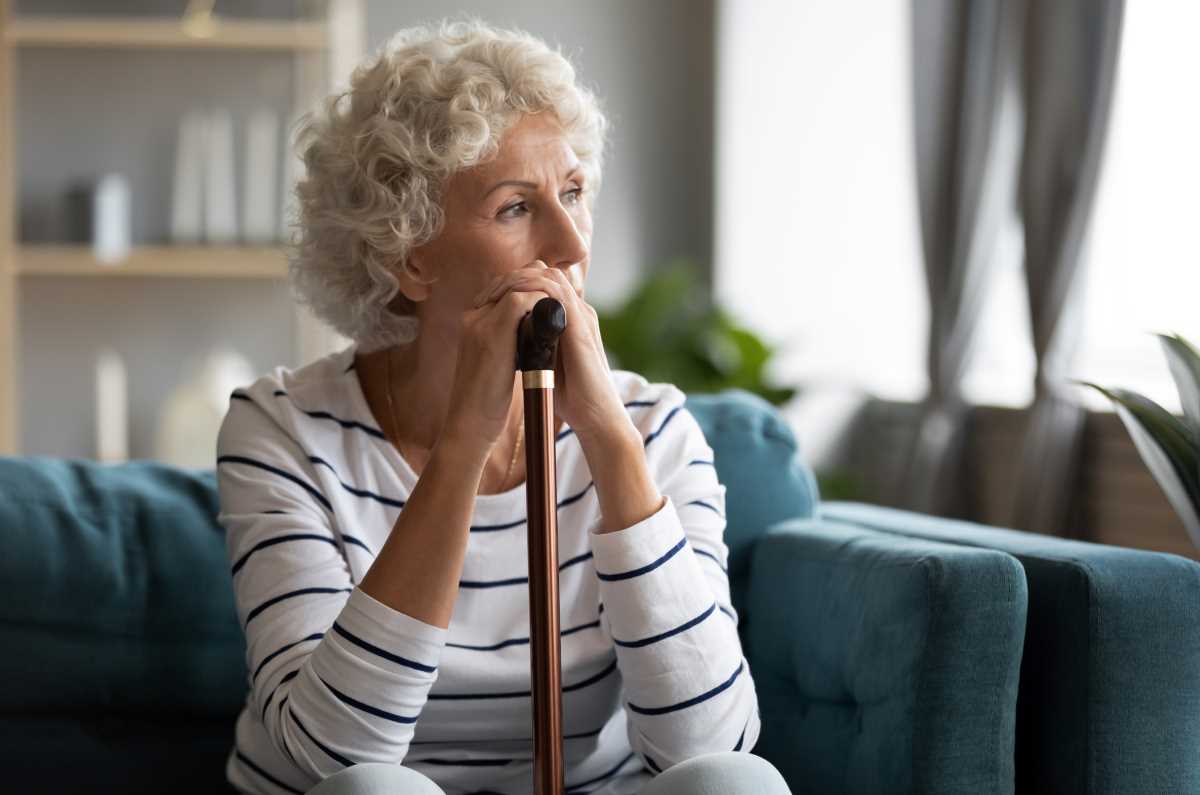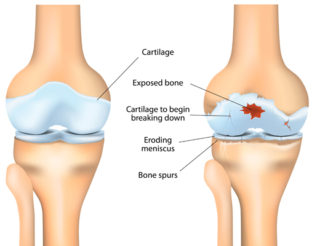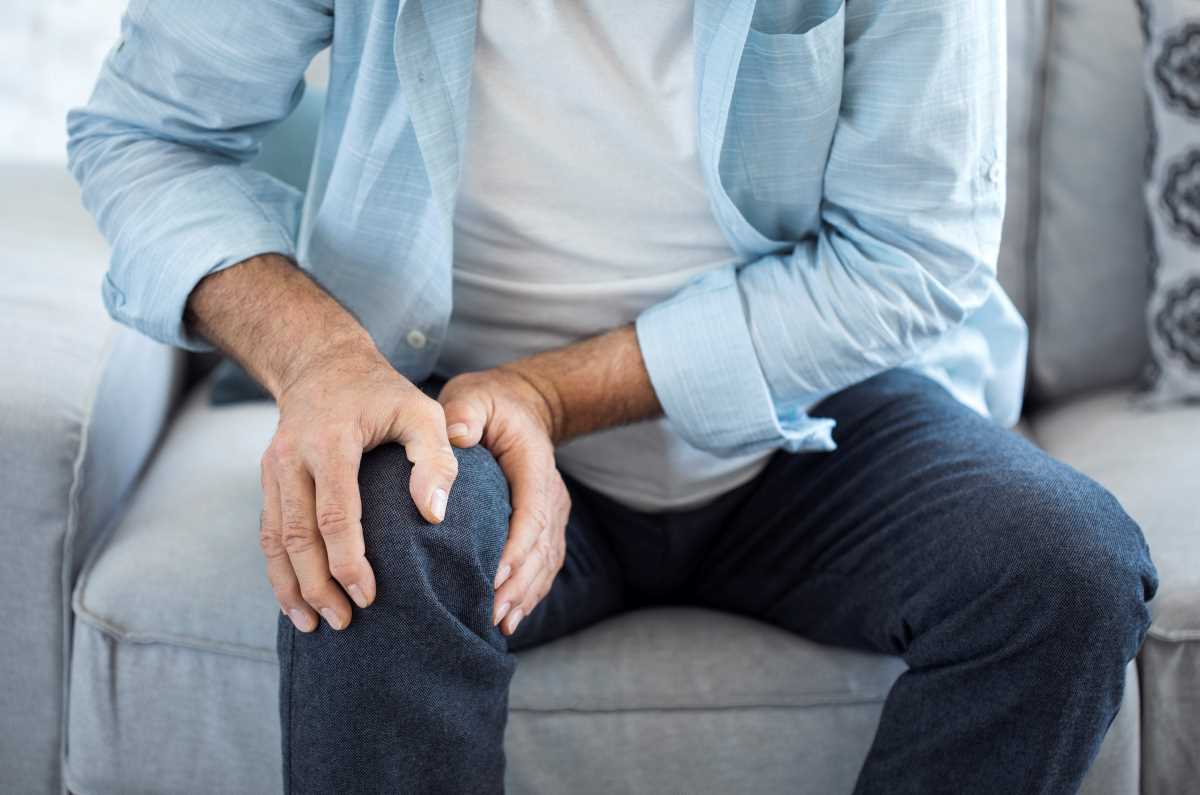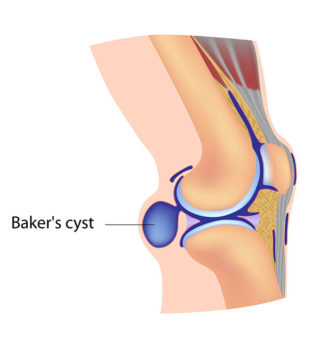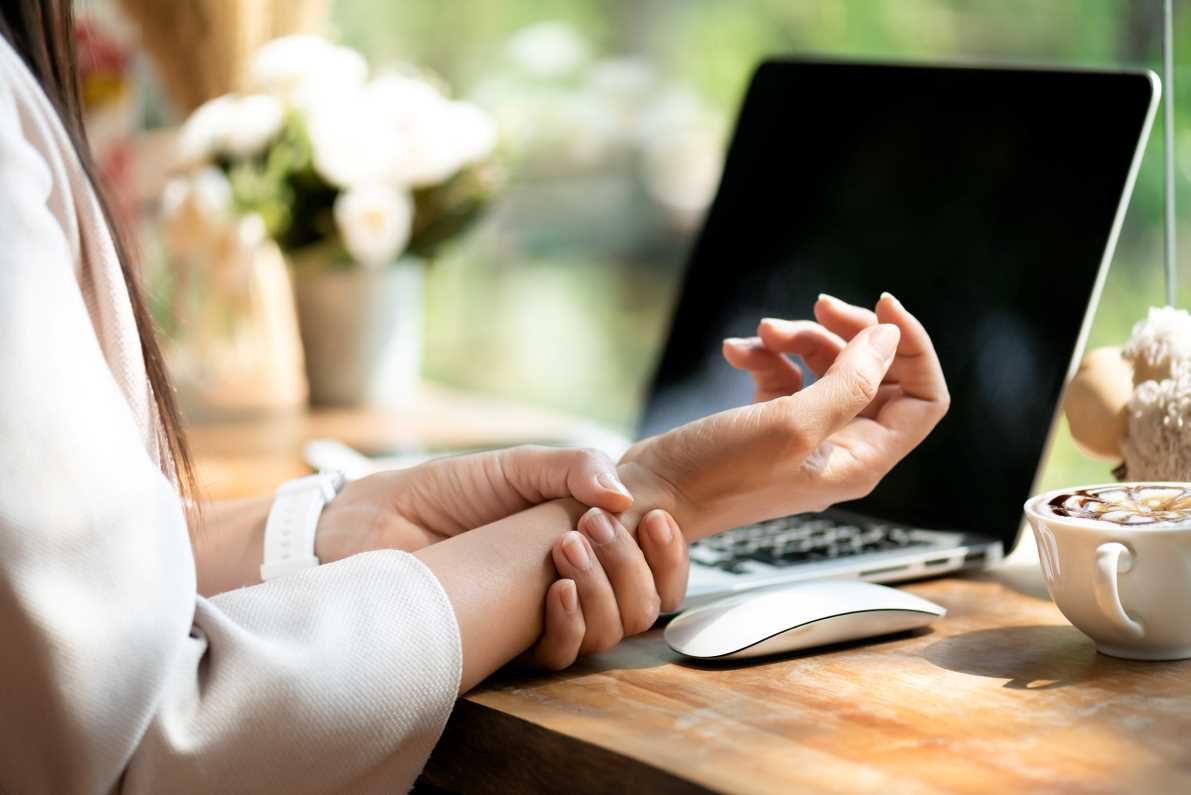The year’s drawing to a close, and we’re exhausted. It’s been another tough one. 😯 It’s no wonder we’re all in the mood to forget the trials and tribulations of 2022 and eat, drink and be merry! ✨
But we also need to be mindful and take care. In our excitement to get into the festive spirit 🍸, there’s a very real chance we could end up in a painful heap.
So we’ve made a list (and checked it twice 😉🎄) of tips to help you celebrate without the stress, pain and fatigue. Because all we want for Christmas is family, friends and fun. 😊
It’s beginning to look a lot like Christmas: Brace yourself for the shopping madness
- Plan around your pain and fatigue. Wear your most comfortable clothes and shoes, including orthotics if you have/need them. Shopping at this time of the year is almost an extreme sport! So you need to dress for it.
Grab your walking aid, your shopping list (a foggy brain makes remembering almost impossible) and your shopping buggy/bags.
Be kind to yourself, as you may feel exhausted for hours/days after your trip. If your battery was already low before you hit the shops, it might take some time to recharge and feel yourself again. - Consider wearing a mask and sanitising your hands regularly when you go into the crowded craziness of shopping centres and markets. Although many of us have gotten out of this habit, COVID is still around. Masking and sanitising are the best strategies to reduce your risk of getting sick.
- Use a trolley or a shopping buggy, even if you only plan to buy a few things. It’ll do the heavy carrying for you, so you can avoid muscle and joint pain.
- Use your assistive devices, such as walking aids, braces, and orthotics. If you have them, use them. They can make a big difference in how you cope while shopping and how you feel afterwards.
- Take breaks. Shopping is exhausting and stressful, so take breaks when you need them. Be kind to your body, and don’t push yourself too hard, or you’ll pay for that over the coming hours/days.
- Shop online. During the past few years, we learned just how many things could be purchased with a few quick mouse clicks (hello, shiny new shoes 😁). So visit your favourite stores online and save yourself some trips to the shopping centre. Just be sure to check the shipping details to ensure your goods arrive on time.
- Shop local. You don’t need to visit the big shopping centres to find unique gifts or fresh produce. Small, independent local stores often have most of what you need. And many of these businesses have been doing it tough. So share the love and shop local.
- Be kind to others. Your fellow shopper isn’t the enemy. Be patient, give them space, and be tolerant. The retail staff also deserve our kindness and empathy – they’ve been on the frontline for a long time. And if you feel yourself getting a little hot under the collar, just breathe… and remember we’re all going through tough times.
Dance of the sugar plum fairy: Festive feasting!
- Rule #1 – don’t skip meals. It’s a common mistake to make. You’re anticipating a delicious lunch and/or dinner with all your favourite foods, so you skip meals to make space. But this can lead to overeating because you’re so hungry 😫 when you finally do get to eat. It’s also not a great idea to have an empty stomach when taking certain meds or drinking alcohol. So make sure you eat, even if it’s a small meal, to tide you over until you get to the main event.
- Stay hydrated. The silly season is usually a hot time of the year, and it’s easy to become dehydrated. Especially if you’re drinking alcohol and/or playing backyard cricket, so keep the water flowing.
- Cook/bake things ahead of time. Many foods we enjoy at our holiday gatherings can be made days and sometimes weeks before the big day. That means you don’t have to work yourself into a cooking frenzy on Christmas Eve and Christmas Day. And you’re more likely to enjoy yourself on the day if everything’s prepped and ready to go.
- If you’re hosting, ask your guests to bring a plate. This shares the work and the cost and ensures those with special dietary requirements can bring food that accommodates their needs.
- Slow down and relax. Really take the time to catch up with the important people gathered around the table 🧡 and enjoy sharing a delicious meal 😋.
Santa baby: Buying gifts
- Take a leaf out of the big guy’s book 🎅 – write a list and check it twice. Knowing what gifts you’re looking for before you hit the shops will save you time, energy and money.
- Consider spending less. It’s been a tough year financially for many of us, and things are only getting tougher. So it makes sense to be economical and save some dollars. You don’t want to head into 2023 with massive debts.
- Make your own gifts. Embrace your inner creative guru and bake, paint, draw, build, knit or sew your presents. Another option is to make your own gift vouchers – for example, 1 hour of babysitting or dog walking.
- Talk with your people about doing a Kris Kringle or Secret Santa gift exchange 🎁. It’s perfect if you have a lot of people to buy for. And they save money, time, stress and frustrating shopping expeditions.
- Give gift cards and vouchers. They’re an excellent idea for someone who’s hard to buy for or already has everything. And you can get many of them online – without the hassle of changing out of your pyjamas or leaving the comfort of your couch 😄.
- Donate to charity. Instead of buying a gift for those who have everything they want or need, consider donating in their name to their favourite charity.
- When it comes to wrapping, gift bags are easier on sore hands than cutting paper and using sticky tape. They’re also a lifesaver for those of us who are hopeless at wrapping 😉.
Deck the halls: Decorating
- Get the family involved. Put on some music and have fun with it. Decorating your home and your tree is all about the joy of the festive season, being together and the love of shiny tinsel 😊.
- Keep it simple. Remember, what you put up has to be packed away. So if that thought fills you with dread, choose the ‘less is more’ option. Or plan to do it over a period of days, rather than all in one go.
- Save your back when decorating the tree by putting your baubles and tinsel on a table or bench. That way, you’re not constantly bending over to pick them up.
- Use a step ladder rather than overstretching. And if you have any balance issues, ask someone else to do the high stuff.
- Remember, things don’t have to be ‘perfect’. That’s too much pressure. Things should be happy and festive, so fling some tinsel over the banister, a wreath on the door, and presents under the tree. Job done! 🎄
Rockin’ around the Christmas tree: Hosting gatherings
- Keep it COVID-safe. As we know, COVID’s still around, as are many other bugs and germs. So it’s important to have plenty of soap and hand sanitiser available.
If you feel unwell, get tested, stay home, or cancel your gathering. That last one will be incredibly tough, as we’re so used to soldiering on through our aches, pains and fatigue, but if you think there’s even the smallest chance you have COVID, get tested and keep everyone safe by isolating until you know you don’t have the virus.
And ask your guests to do the same. Again, it’s a tough thing to do, but no one wants to get sick. Especially at this time of the year, when we’re already run down and are just looking forward to a break. - Keep it simple. As with decorating, keep your celebrations simple. Seriously after the year we’ve had, any celebration will be epic!
- Take a seat. Get off your feet and rest when you need to.
- Be medicine-wise.
- Over-the-counter and prescription medicine may help you manage pain and inflammation so you can enjoy your day. If you’re not sure what will work best for you, talk with your doctor or pharmacist.
- Watch the alcohol. Many medicines don’t mix well with alcohol, so find out if drinking while taking your meds is okay. If you can drink, avoid drinking to excess. Try mixing a small amount of bubbles with orange juice or soda water with white wine. Or choose zero-alcohol drinks and mocktails.
- Give yourself a break when it comes to cleaning and packing up. Get the family and your guests involved – even if it’s simple things like folding up chairs or bringing dishes to the kitchen. And ask yourself – do you really need to do everything immediately? As long as you put away any perishables and get rid of rubbish, everything else can be done the next day after you’ve had a rest.
Have yourself a merry little Christmas: Taking care of you
- Manage stress. Christmas and the holidays can be stressful, but you need to manage your stress as best you can or risk having a flare. So pull out your best stress management strategies and use them as often as you need to.
- Pace yourself. When you’re hosting an event, it’s easy to get carried away and be constantly on the move. Gatherings can be a marathon, so pace yourself so you don’t run out of steam before the end. The same goes if you’re visiting others. Travelling to and from your home to theirs, being a witty conversationalist 😉 and just interacting with others can be exhausting.
- Get some sleep, and rest when you need it. With so many events and gatherings happening at this time of year, it’s easy for our sleep to be disrupted. And we have enough problems with sleep at the best of times! Try as much as possible to stick to your sleep schedule and take rest breaks or naps when needed.
- Stay active. Regular exercise is essential all year round for managing a musculoskeletal condition and chronic pain. It’s also important to help offset some of the extra kilojoules you may be consuming at this time of year. And it’ll help you deal with excess stress and sleep issues.
- Listen to some tunes. Music helps to reduce anxiety, fear, depression, pain-related distress and blood pressure. And it’s an easy, cost-effective and enjoyable way to relieve pain🎵. Happy holidays everyone! From all of us at Musculoskeletal Australia, we wish you a happy, fun, safe and pain-free festive season. 🎄🎁🥗🍹
Contact our free national Help Line
Call our nurses if you have questions about managing your pain, musculoskeletal condition, treatment options, mental health issues, telehealth, or accessing services. They’re available weekdays between 9am-5pm on 1800 263 265; email (helpline@msk.org.au) or via Messenger.
More to explore
- 6 tips for managing the holiday season with chronic illness
The Mighty - 30 tips for coping with chronic illness during the holiday season
Creaky Joints - A guide to having a less stressful Christmas
ABC Everyday - How to avoid holiday burnout when the pressure’s on
The Upside - Make the holidays free of pandemonium and pain
Arthritis Foundation (USA) - Navigating Christmas with a chronic illness
Patient - Top tips for managing pain over the festive season
London Pain Clinic - Top tips to cut the cost of Christmas
Choice



